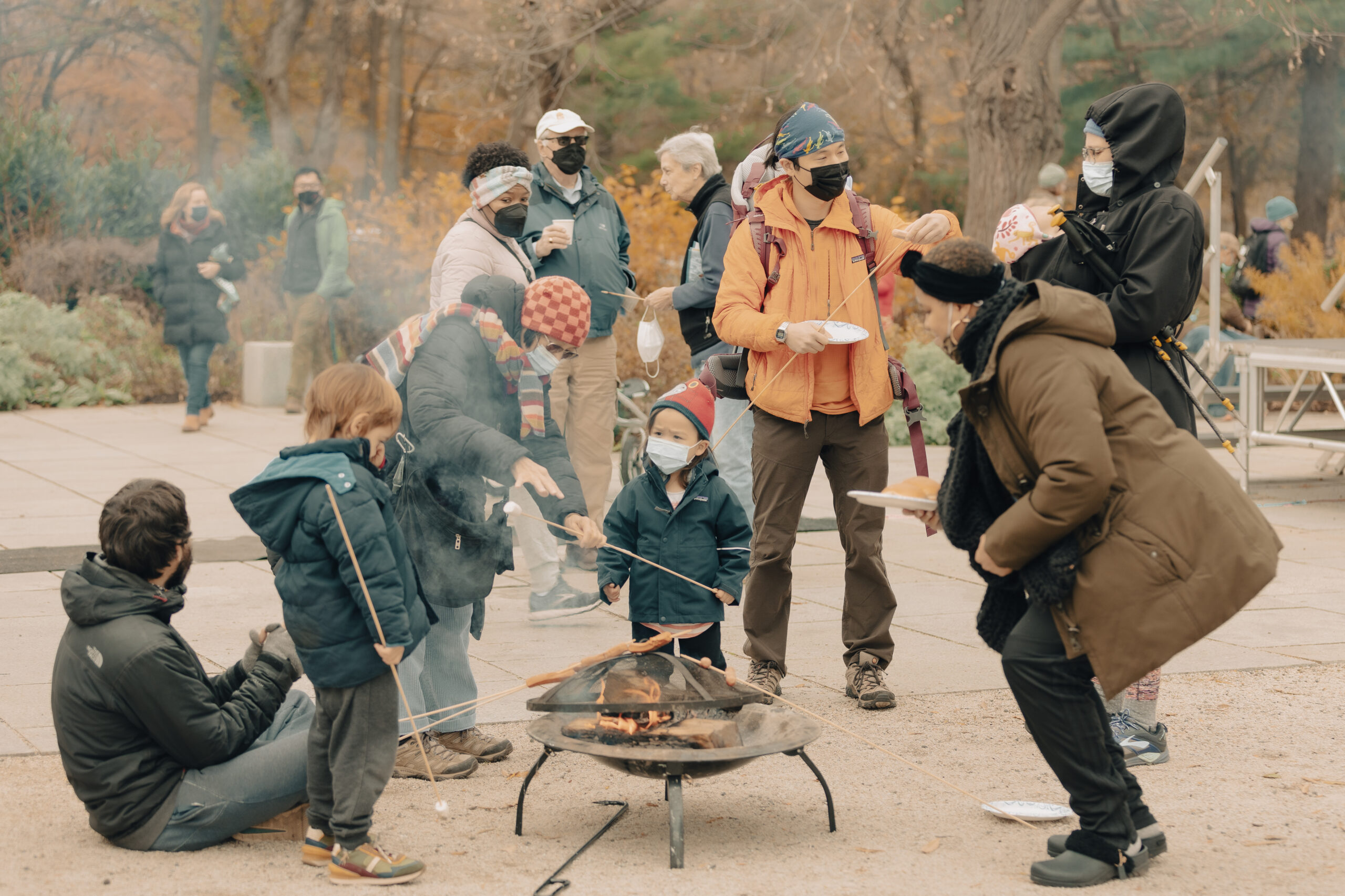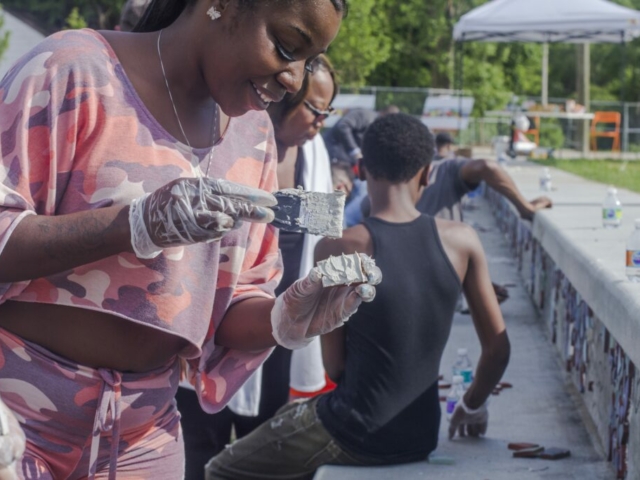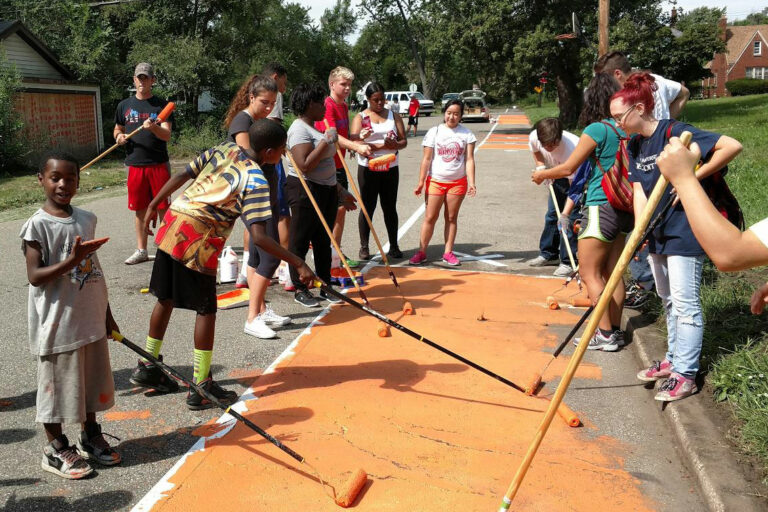People’s personal life experiences, values and needs will produce a range of responses and involvement in the engagement process. An openness to new ideas, willingness to be flexible and adjust the approach is critical to bridging those differences.
PRACTICE CHANGE:
Create a menu of options with a variety of engagement options and time commitments. Offer services like childcare or transportation to support participation.
In Lexington, Kentucky, the team at CivicLex is working to bring residents into civic life in more meaningful ways through civic education and capacity building. In preparation for Lexington’s 2022 Comprehensive Plan, which sets the direction for the city’s growth and development and is updated every four to five years, the CivicLex team set out to reimagine the public input process.
The team convened a 35-person advisory group representing a broad spectrum of Lexington residents to guide the engagement process, survey development and outreach strategy. Then CivicLex led a week-long series of community conversations called “On the Table.” Advisory group members and Lexington resident volunteers hosted conversations at the time and place of their choosing. In addition, there were events for young people and in languages other than English. There were also alternatives to in-person gatherings, such as virtual meet-ups and paper and online surveys.
To participate in the process, residents could join a table they heard about through word of mouth or search the “Find a Table” database to find the most convenient opportunity for them. The diversity of hosts, range of venues and accessible database meant thousands of residents engaged with the comprehensive plan process. As a result,15,000 comments were captured and are now available in a publicly accessible database.
PRACTICE CHANGE:
Create opportunities for community members to be in decision- making or stewardship roles, such as on steering committees or leading ambassador programs.
At Bartram’s Garden, a 50-acre public park and National Historic Landmark on the Schuylkill River in Southwest Philadelphia, leaders reimagined their community engagement efforts by prioritizing and building trust among nearby neighbors, while continuing to serve as a regional destination. As part of this effort, Bartram’s created the Southwest Community Leadership Circle, a group of neighborhood leaders and residents focused on finding ways to make the garden more inviting and meaningful for people living nearby. In response to their suggestions Bartram’s hosted events, such as movie nights, advertised directly to Bartram Village residents and lowered the cost for Southwest Philadelphia residents to participate in tours and programs.
By creating opportunities to involve community members in decision-making and stewardship roles, Bartram’s elevates local resident expertise and makes sure people are at the center of all programming and activities. Read more about the approach at Bartram’s Garden here.
PRACTICE CHANGE:
Hire local or engaged individuals to be part of the work (e.g. for surveying or data collection).
Hiring locals for data collection efforts allowed the Detroit team to not only connect meaningfully with residents but also to transform perceptions. For instance, Fitzgerald neighborhood resident Stephanie Harbin was hired to collect bike counts in the neighborhood. Originally convinced that bicycling in the neighborhood was uncommon, she was surprised to see many neighborhood residents on bikes. As a result, she became a supporter of complete street improvements on the community’s commercial corridor and the Fitzgerald Greenway that provides greater connectivity for people walking and biking in the neighborhood. Learn more lessons on measuring impact in Detroit here.
Case studies produced by the Sustaining Robust Engagement & Stewardship Working Group of the Civic Commons Learning Network.
Lead image credit: Kromah Studio, courtesy of Bartram’s Garden




